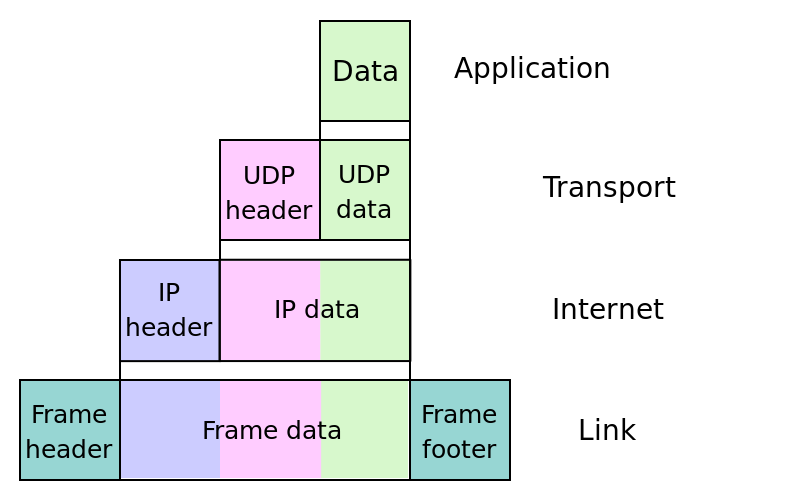
The idea of the copyright conflict is a controversial topic in my opinion. Copyright laws affect pretty much all forms of entertainment including literary works, music, movies, along with several other entertaining mediums. Providing a system that will accommodate both the interest of content creators and at the same time serve the public good equally is the challenge. Today's copyright laws directly affect the size of the public domain and therefore how much content creators have to pay for it. These laws act as the heart of the copyright conflict; content creators want to receive royalties or other benefits for their works, and at the same time the public want to use their works without the costs that come with it, or without having to wait for the content to be released to the public domain.
The development of such a system where there would be a balance between content creators and the public seems like a viable option, but many obstacles still hinder such a development. Copyright laws continue to evolve and expand throughout human culture. Such obstacles include the Copyright Term Extension Act (CTEA) which allows for a time extension on the copyrighted material, preventing it from being allowed into the public domain. Another being the Digital Rights Management (DRM) which is a form of access control technologies that can be used by hardware manufacturers, publishers, copyright holders and individuals to try to impose limitations on the usage of digital content and devices.
Aside from all the obstacles that prevent such a creation of a balanced system , a lot of progress has been made toward the development of this balanced system. New changes in technical and social structures have been made. One example of a positive change in favor of the public being the use of servers, where file sharing between peer to peer networks occur. The introduction of open-source software which changed the traditional system of design, development, and distribution of software. Public collaboration is the key component of open-share operations. It relies on practical accessibility to the software's code source between all of the developers. Open-source software development has progressed a lot since its introduction in the the 70's.
The idea of such an open-source system in my opinion is the key to ending this copyright conflict. Public collaborations are what led to the development of the internet, and look at the world today taking advantage of all of the benefits it provides. All users of the system would benefit; the public would have free use of such software that would be available for them. At the same time the developers would have access to another developer's software, and will be able to build their reputations among these communities. The biggest problem with such a system is the effect on the industry itself. With such a system in place the industry itself would collapse due to revenue loss.
With all this being said, I believe in all systems there will never be a complete balance between content creators and the public domain. There will always be the problem of financial burden, which in my opinion is the backbone of copyrighting. Copyrighting will always be a factor because developers want royalties for its limited use of software by its buyers.
Sources:
Tian, Y. (2008). Re-thinking intellectual property: The political economy of copyright protection in the digital era (routledge-cavendish research in intellectual property). New York, NY: Routledge Cavendish.
http://en.wikipedia.org/wiki/Digital_rights_management


